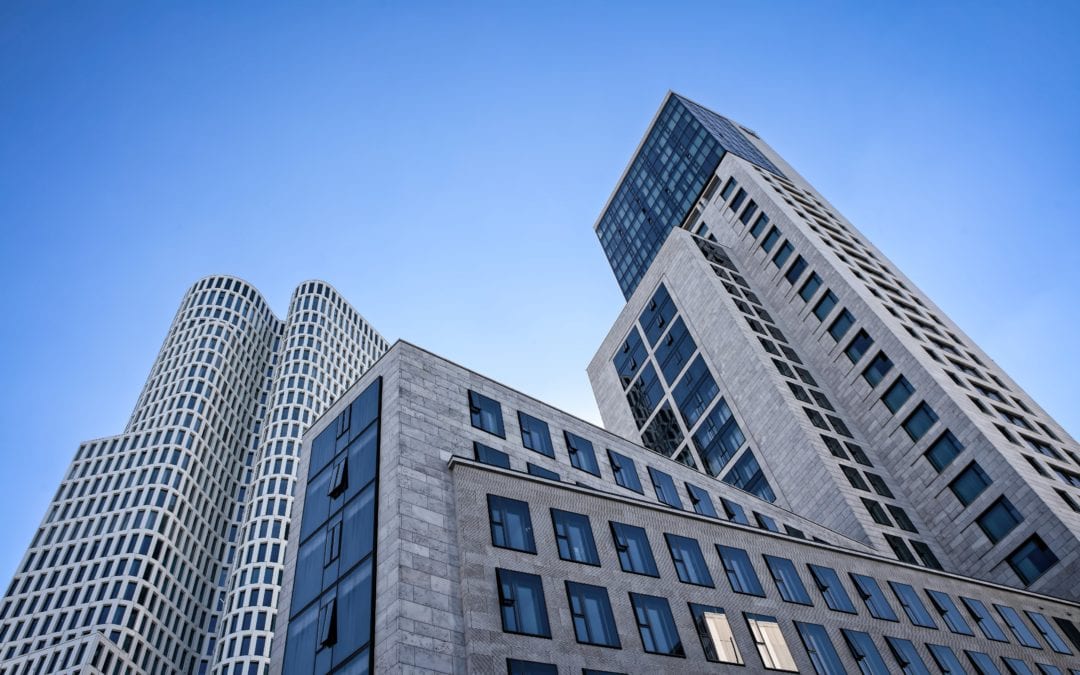The most important thing you can do to extend the lifespan and improve the quality of a building is to choose the right cladding. In architecture, a property’s ability to withstand the passing of time and inclement weather is part of all the activities that fall under what in the construction industry is commonly referred to as post-construction maintenance.
The extent to which the exterior of a structure or building can last over time highly depends on the materials you’re using. Choosing the wrong type of cladding, for example, is a mistake that will eventually reveal itself.
Types of Cladding
Buildings and houses in the UK used to be built using local materials, such as aluminium cladding or brick cladding; however, in recent times there has been a prolonged use of other cladding materials that may or may not help keep the exterior of a building in good shape.
When choosing the right cladding for a building, the main concern is how the cladding will look like and whether or not it will protect the exterior good enough.
That said, your choice needs to be made after carefully considering the level of maintenance, the cost and whether or not it will last the pass of time. Analyse and study your options whilst keeping in mind the context and use of the building.
Brick Cladding
Brick cladding is a popular choice within the market; however, it can be a very time-consuming process. Brick cladding is lighter, faster, durable and allows you to save money and maximise space.
Aluminium Cladding
Aluminium cladding remains one of the most diverse facade treatments for your building and its versatility can provide a lasting finish. It is a fast track solution, non-combustible, lightweight option that also allows you to save money.
Terracotta Cladding
Terracotta cladding or terreal terracotta cladding offers endless configurations and finishes. As a natural solution for cladding, it works better than other alternatives whilst offering the potential to add distinction, warmth and uniqueness to buildings.
These are just some of the types of cladding you can choose from to properly cover the exterior of your building. Be that as it may, bear in mind that the ultimate goal is to avoid the risk of picking materials that won’t work with your project.

